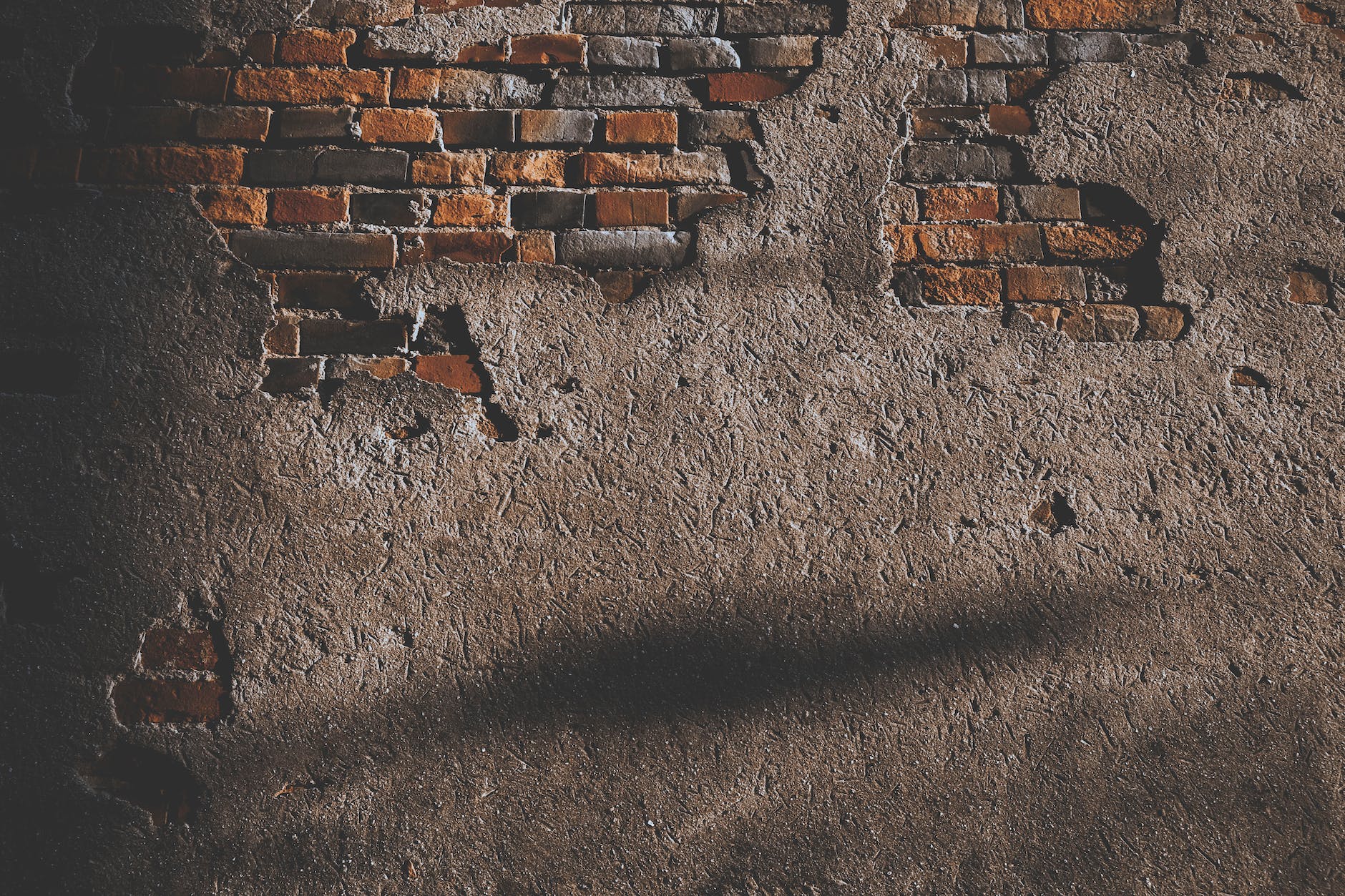
Warning Signs You Need Mold Testing
Don’t know if the air you’re breathing contains mold. It’s vital to keep an eye out for red flags. In order to safeguard your health and property, you should conduct mold testing as soon as possible. Take swift action and keep up of developments using these indicators. Mold testing atlanta gives you more information about the signs.
1. Visible Accumulations of Mold:
If there is mold development in your residence or structure, this is a pretty clear sign that you have an issue with mold. Mold can manifest itself in a wide spectrum of colors, including black, green, white, and even orange.
It is possible for it to develop on ceilings, walls, floors or other types of surfaces and there is a chance that people would confuse it for dirt or soot. If you discover the visible mold, it is imperative that you take action immediately and get an expert mold assessment and testing done. If mold is found, it can cause health problems.
2. Musty Odor:
The presence of a musty or earthy odor that lingers in your home or structure may be an indication of mold growth that is concealed from view. Mold is responsible for the production of volatile organic compounds (VOCs), which have a characteristic musty stench.
Even if you cannot see any apparent mold, the existence of this scent indicates that mold may be developing in hidden spaces such as beyond the walls, under carpets, and in ventilation systems. This could be the case even if you cannot see any visible mold.
3. Water Damage or the Presence of Water Leaks:
Mold can begin to grow in areas where there has been water damage, either in the form of leaks, floods or damage caused by condensation. Mold can only grow in regions that have a constant supply of moisture.
Thus areas that have been damaged by water are at an increased risk for mold infestation. Even if the initial water problem has been resolved, mold may already be starting to grow, and testing is the only way to determine whether or not it is there.
4. Relatively High Levels of Humidity:
Mold needs moist conditions in order to develop; therefore, if the humidity levels inside your home are regularly high, this may encourage the formation of mold. You can determine the level of humidity in your house or place of business with the help of a hygrometer. In order to reduce the likelihood of mold growth inside of a building, the relative humidity must be kept at or below 50 percent.
5. Concerns Regarding Health:
Mold exposure may be the cause of previously unexplained health issues, including allergic responses, respiratory problems, chronic sneezing and coughing or skin irritation. Other possible symptoms include asthma attacks and skin rashes.
Some people’s immune systems are more susceptible to mold than the others, and being exposed to mold spores for an extended period of time might cause health problems. Mold testing can assist evaluate whether or not mold is to blame for health issues that cannot be explained, such as those experienced by you or other members of your family or workplace.
6. Stains or Discoloration Caused By Water:
The presence of stains and yellowing on walls, ceilings, and floors may be an indication of water damage and the possible growth of mold. Leaks in the roof, the pipes, or any number of other potential causes could have caused these stains.
Even if you aren’t able to see any mold, the existence of water stains is a strong indication that there may be a concealed mold problem that needs to be tested for.
7. Condensation
The presence of persistent condensation on windows, water lines or any other chilly surface could be an indication of excess moisture, which can promote the formation of mold. When moist, warm air comes into touch with cooler surfaces, a process known as condensation takes place.






